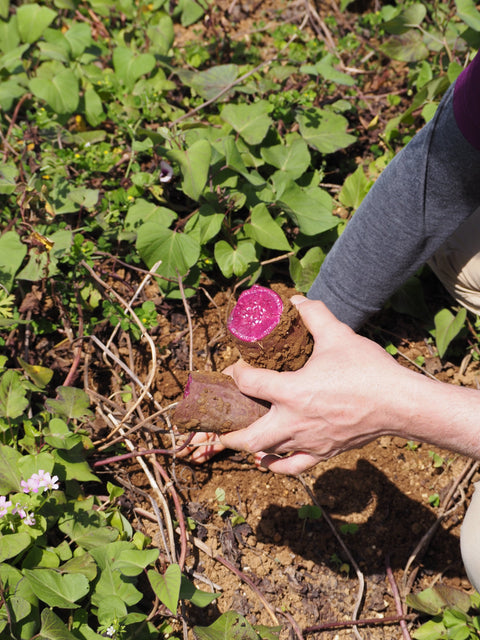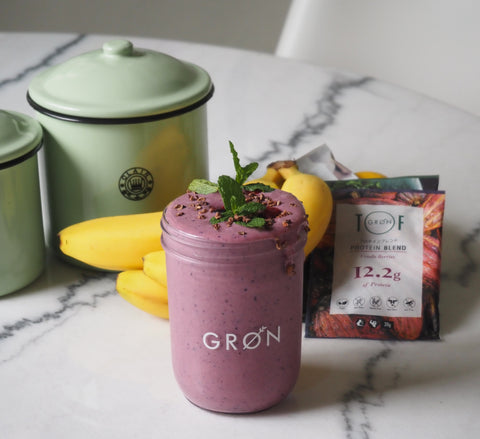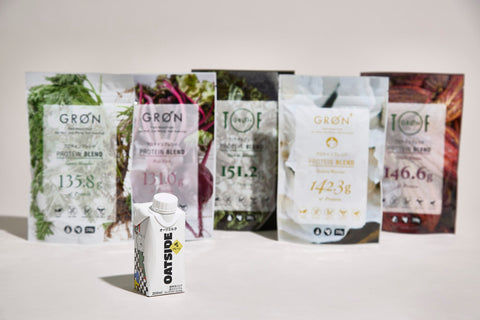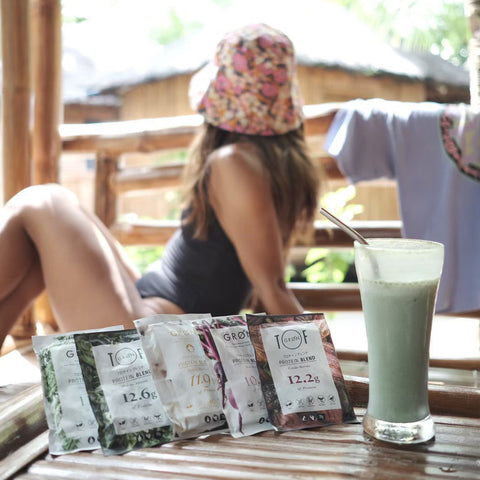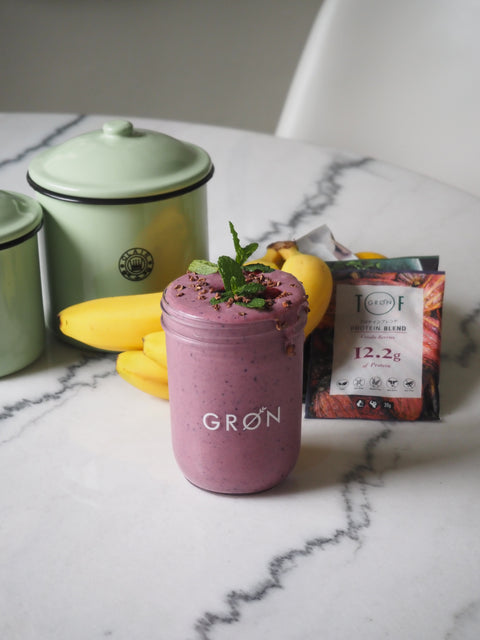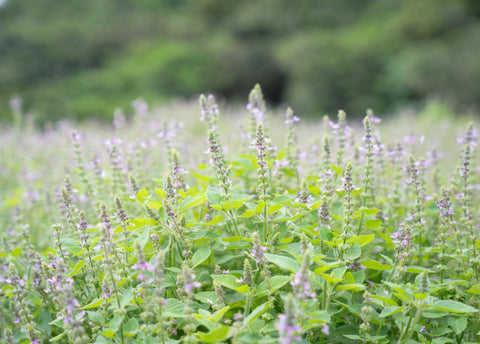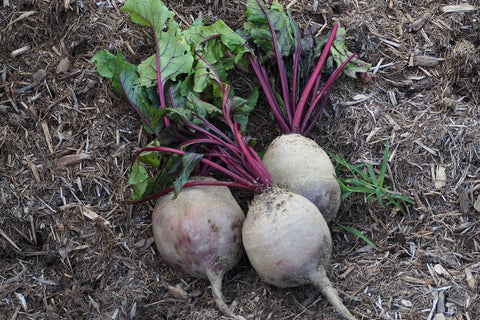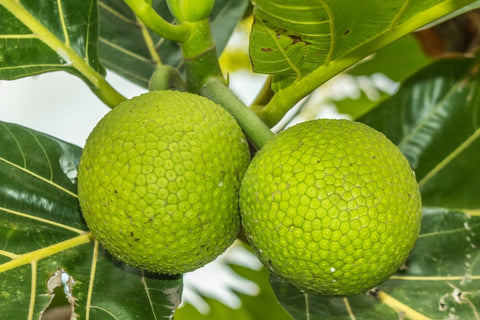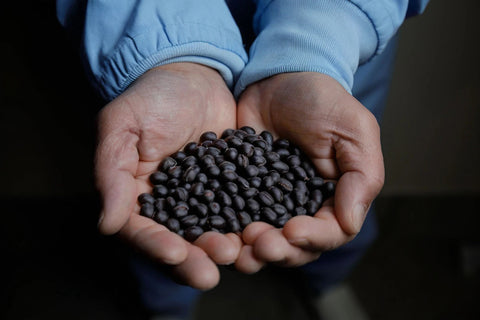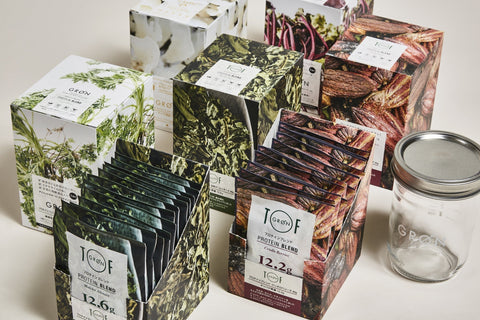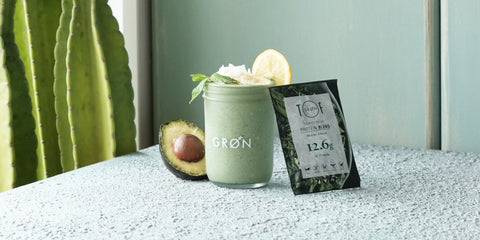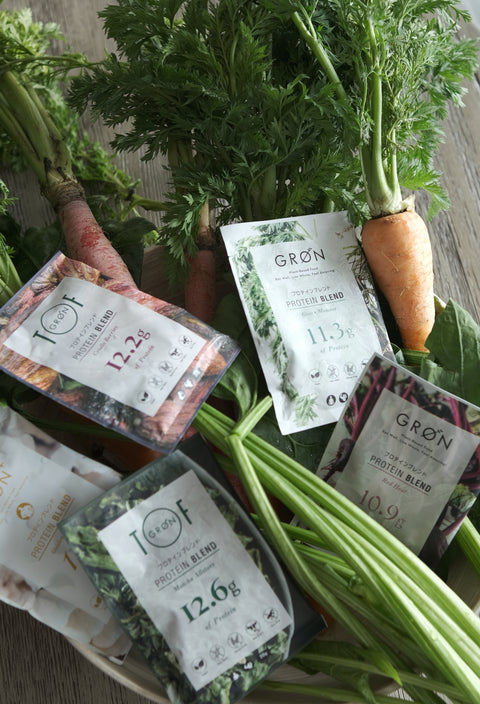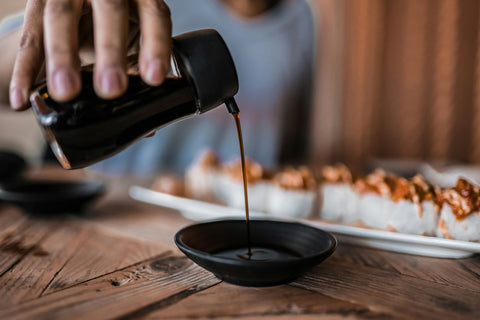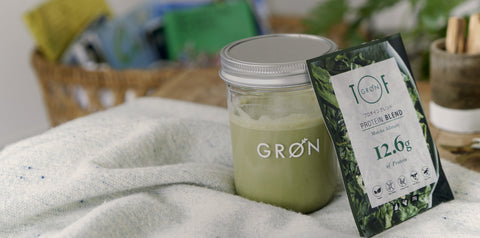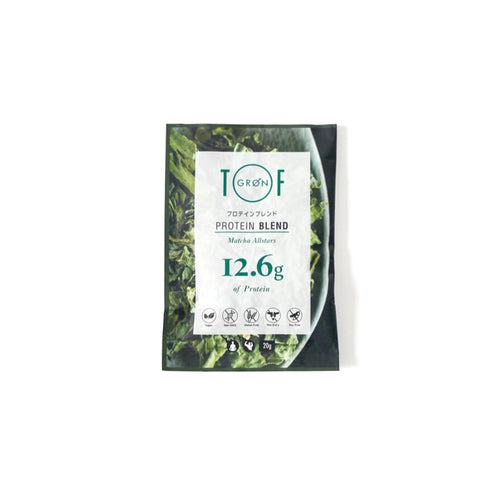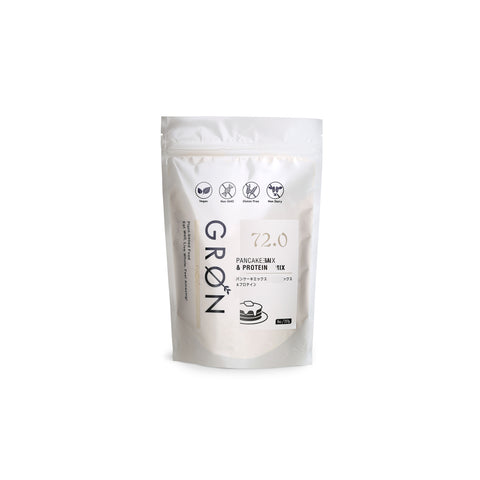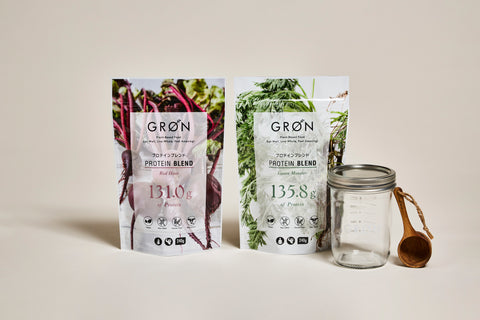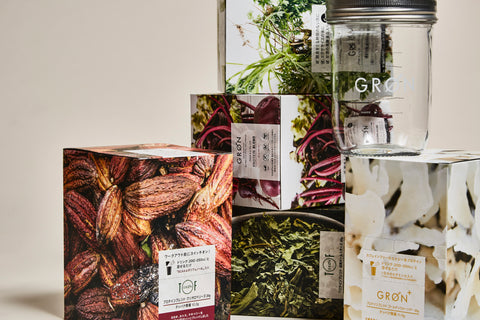What is raw food? The difference between raw food and macrobiotics ~ Nutritionist's Column Vol.103
Health information is now more accessible and nutritional knowledge is widespread.
As a result, I became more health conscious and started thinking more about my eating habits.
A keyword we hear a lot these days is "raw food."
More and more people are turning to this way of eating because of its benefits for weight management, increased energy and improved health.

What is raw food?
Raw food is a dietary style that mainly involves consuming raw ingredients.
This diet style encourages minimizing heat processing (below 46-48°C) and consuming food in its raw state whenever possible.
Raw foods are highly nutritious and are rich in enzymes, vitamins and minerals.
Conversely, enzymes and vitamins are sensitive to heat, so if they are exposed to high heat, most of the nutrients will disappear.
That's why it's important to eat foods that are raw or cooked at low temperatures.
Some of the benefits you can expect from a raw food diet include:
・Improved metabolism leads to improved immunity, weight loss, improved bowel movements, improved skin condition, and prevention of intake of food additives, etc.
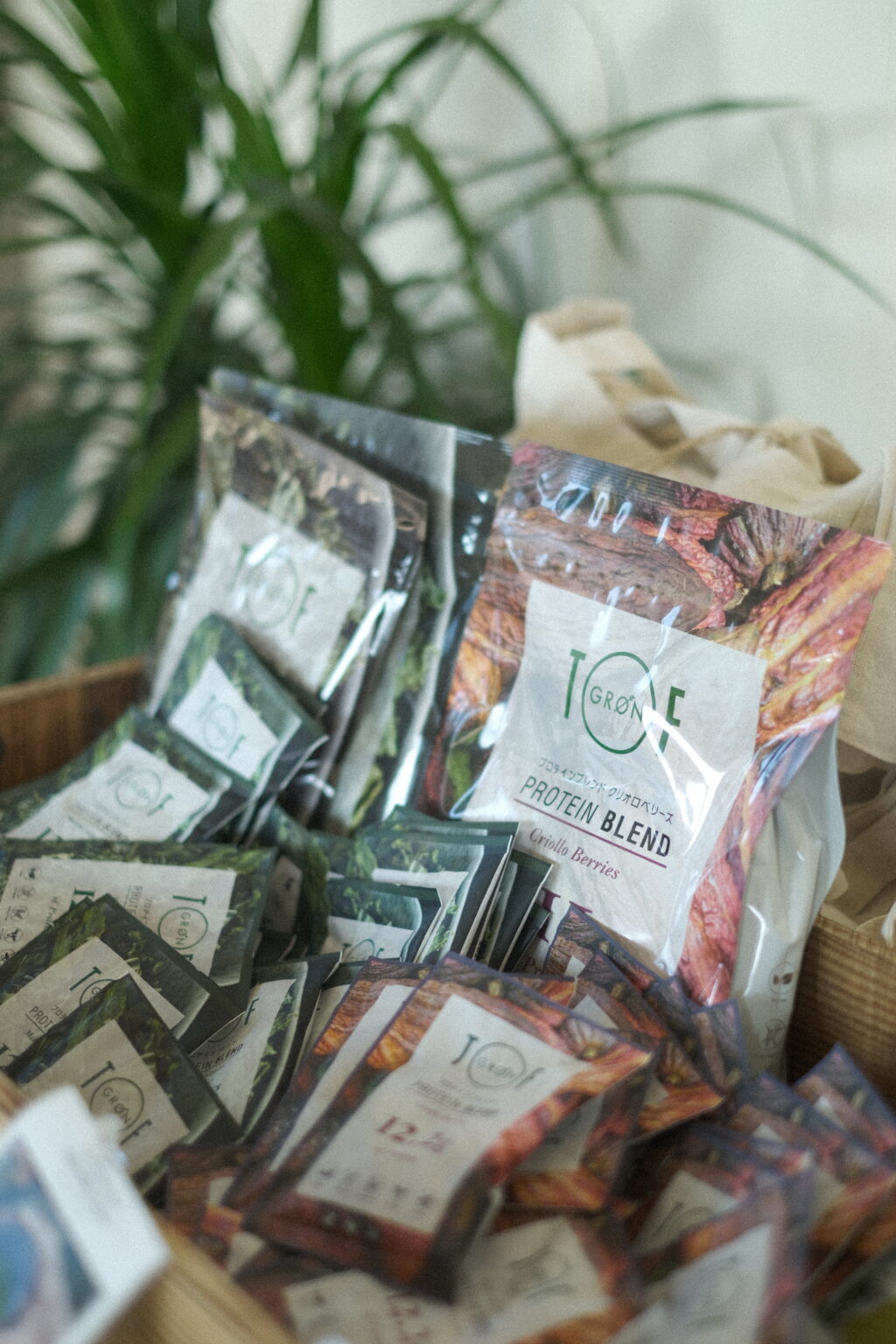
The Importance of Enzymes in Raw Food
As mentioned above, enzymes are lost during cooking, so it is important to consume raw ingredients in a raw food diet.
The enzymes contained in raw ingredients are called "food enzymes" and are said to aid in food digestion and nutrient absorption.
In addition, there are two main types of enzymes produced in the human body: "digestive enzymes" used to digest food, and "metabolic enzymes" used in blood circulation, breathing, and metabolism.
There is a close relationship between "digestive enzymes" and "metabolic enzymes." If you use too much of the digestive enzymes needed to digest food, the metabolic enzymes will no longer work.
Raw food itself contains "food enzymes," so it is believed to have benefits such as conserving digestive enzymes in the body, improving metabolism by promoting metabolic enzymes, making it easier to lose weight, and boosting the immune system.

Representative raw food
Key ingredients include fresh fruits, vegetables, nuts, seeds, seaweed and fermented foods.
・Fresh raw fruits: apples, bananas, strawberries, blueberries, kiwi, mango, pineapple, etc. ・Fresh raw vegetables: cucumber, tomato, leafy greens, avocado, carrot, broccoli, celery, etc. ・Raw nuts and seeds: almonds, cashews, walnuts, macadamia nuts, chia seeds, flax seeds, sunflower seeds, etc. ・Seaweed: nori, wakame, kelp, etc. ・Fermented foods: sauerkraut, miso, kimchi, pickled vegetables, amazake, etc. ・Raw condiments: lemon juice, lime juice, olive oil, avocado oil, ginger, garlic, herbs, spices, etc.
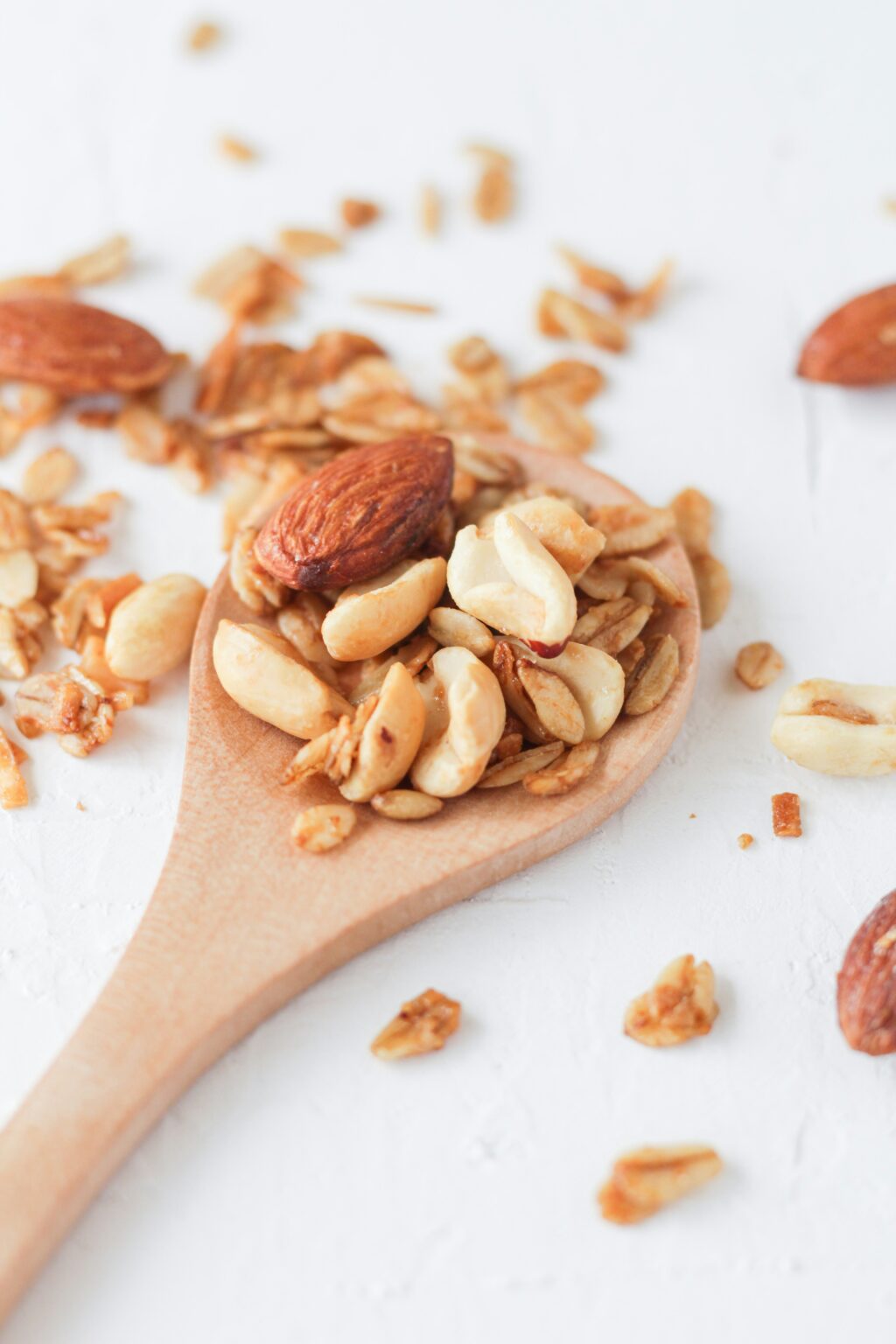
Things to be careful about when living a raw food lifestyle
One thing to be careful of when following a raw food lifestyle is protein deficiency .
The raw food diet, which primarily involves consuming raw ingredients, generally avoids heat processing of meat and fish, which can limit protein intake and lead to protein deficiencies.
When following a raw food lifestyle, it is especially important to consume plant-based sources of protein.
Be mindful of legumes (soybeans, tofu, peanuts, etc.), nuts (almonds, cashews, walnuts, etc.), and seeds (chia seeds, flax seeds, hemp seeds, etc.).
However, it is important to drink plenty of water.
Additionally, fermented tofu and fermented soy products can provide a valuable source of protein, and smoothies and raw juices made from raw fruits and vegetables can also incorporate protein-rich foods.
The difference between raw food and macrobiotics
Some people confuse raw food with macrobiotics, but they are eating styles with different dietary philosophies and approaches, with differences in ingredients, cooking methods, and philosophical foundations.
-> What is Macrobiotics? ~ Nutritionist's Column Vol.102
*Differences in main ingredients
<Raw food>
The raw food eating style emphasizes a focus on raw ingredients.
This includes fresh fruits, vegetables, nuts, seeds, seaweed and fermented foods.
It is characterized by minimizing heat treatment.
<Macrobiotics>
The macrobiotic style of eating emphasizes a diet centered on whole grains (mainly brown rice), legumes, vegetables, seaweed, and fermented foods.
In addition, we place importance on using seasonal ingredients according to the region, and the harmony and balance of ingredients is important.
*recipe
<Raw food>
They prefer to eat food raw and keep cooking to a minimum.
Some raw food advocates avoid cooking, especially at high temperatures.
<Macrobiotics>
Cooking is permitted, but generally this is done by boiling, steaming or baking.
* Way of thinking and philosophy
<Raw food>
The philosophy is that raw foods retain their enzyme activity and are therefore more nutritious.
This style of eating aims to maximize nutrient intake, cleanse the body and promote good health.
It has no specific religious components and is a diet focused on nutrition.
<Macrobiotics>
It is based on Japanese Zen Buddhism and Eastern philosophy, and emphasizes balance in diet and lifestyle.
The diet emphasizes harmony between the body and mind, a diet appropriate to the local culture, and respect for the laws of nature.
Without thinking too hard about raw food, it might be a good idea to start little by little, such as by having a vegetable and fruit smoothie for breakfast.
Why not try incorporating raw ingredients and cooking methods into your diet, even if not at every meal, a few times a week?
GRØN is a protein powder and soup that uses soy and peas as protein sources, so you can easily consume protein by blending it into drinks as is or mixing it with ingredients to make a smoothie.
——————————————————
Nutritionist, Food Education Instructor, Food 6th Industrialization Producer Level 4
Ayako Ishihara
A nutritional advisor in the healthcare field and an agribusiness professional.
She is involved in a variety of activities specializing in the fields of beauty and health, including giving lectures to Miss World Japan candidates.
With the philosophy of "enriching the mind and body through food and realizing a vibrant society where people and communities are connected," he founded i-Field Co., Ltd. in 2013 and serves as its representative.
He is a core member of the food team for "DINING OUT," which opens outdoor restaurants in various regions, and also participates in fashion brand projects.
She is also involved in the promotion of local ingredients, product development and production specializing in "health" and "beauty," branding, concept design, food hygiene, sales promotion, training planning and management, etc. She is in charge of nutritional supervision for GRØN's product development, proposing ways to incorporate them more effectively into consumer health.
——————————————————







